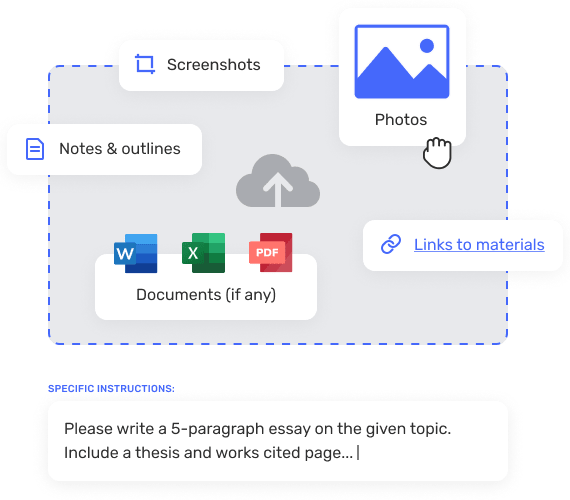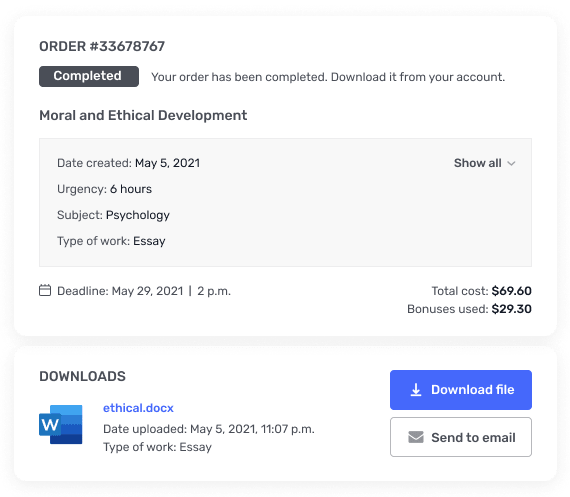Econ 11115 Principles of Macroeconomics
Econ 11115 Principles of Macroeconomics
Homework #2 (ch3, 5)
Due date: June 23rd
Market questions come in two types:
Type 1: you
are given the exogenous variable change and you must shift the correct curve in
the right direction and then determine the new price and quantity.
Type 2: you
are given the new price and / or quantity and you must determine what exogenous
variable changed to bring about that new price and / or quantity.
1a.
Show on the market for milk the effect of the introduction of BGH
(bovine growth hormone).
1b. Show on the market for
cheese the impact of what happened in the milk market.
2.
Determine on any market the effect of the following. Do each separately (on a separate graph) starting from an initial equilibrium position
for each one.
a.
increase in income
b.
decrease in the cost of
production.
c.
increase in the price of a
substitute good.
d.
increase in the price of a
complementary good.
e.
an increase in technology.
f.
increase in taste and
preferences for the good.
3.
Bread is a related good to peanut butter: show on the graph of the
market for peanut butter, the impact on the price and quantity from an increase
in the price of bread.
4.
The price of gasoline has recently come down as has the quantity. Show graphically and explain what might have
caused this.
5. The price and quantity of lumber and
other building materials has gone up recently.
Show graphically and explain what might have caused this.
6.
Over the last year both the supply and demand for oil in the US has gone
up. What might have caused this and what
happened to the price and quantity of oil?
7. Explain the adjustment to the new
equilibrium price from an increase in demand.
8.
Explain the adjustment to the new equilibrium price from an increase in
supply.
9. Market failure is said to occur
whenever:
A. Private markets do not allocate
resources in the most economically desire way.
B. Price rise.
C. Some consumers who want a good do not
obtain it because the price is higher than they are willing to pay.
D. Government intervenes in the functioning
of private market.
10. Which of the following is an example of
market failure:
A. Negative externality.
B. Positive externality.
C. Public goods.
D. All of these.
11.
The trains of the Transcontinental Railway Company, when shipping goods,
sometimes emit sparks that start fires along the tracks and damage the property
of others. If Transcontinental does not pay for the damage it causes, what has
occurred?
A. Positive externality
B. Negative externality.
C. Demand-side externality.
D. All of above.
12. What two conditions must hold for
a competitive market to produce efficient outcomes?
A.
Demand curves must reflect all costs of production, and supply curves must
reflect consumers’ full willingness to pay.
B.
Supply curves must reflect all costs of production, and demand curves must
reflect consumers’ full willingness to pay.
C.
Firms must minimize production costs, and consumers must minimize total
expenditures.
D.
Firms must maximize profits, and consumers must all pay prices equal to their
maximum willingness to pay.
13.
The two main characteristics of a public good are:
A.
Production at constant marginal cost and rising demand.
B.
Nonexcludability and production at rising marginal cost.
C.
Nonrivalry and nonexcludability.
D.
Nonrivalry and large negative externalities.
14.
The market system does not produce public goods because:
A. There
is no need or demand for such goods.
B.
Private firms cannot stop consumers who are unwilling to pay for such goods
from benefiting from them.
C.
Public enterprises can produce such goods at lower cost than can private
enterprises.
D.
Their production seriously distorts the distribution of income.
15.
A positive externality or spillover benefit occurs when:
A.
Product differentiation increases the variety of products available to
consumers.
B.
The benefits associated with a product exceed those accruing to people who
consume it.
C.
A firm does not bear all of the costs of producing a good or service.
D.
Firms earn positive economic profits.




